For patients scheduled to get a COVID-19 test at Spectrum Health’s drive-through specimen collection site, the process goes like this.
They drive up to a tent set up in a parking lot and call a phone number to check in for their appointment.
Team members get their paperwork and the labels for their specimen vials. The patients drive to another tent.
A nurse or respiratory therapist greets the car wearing a gown, gloves and a hooded ventilation system, said Aly Dondzila, a senior project specialist for Spectrum Health.
The health care team member uses a nasal swab to get the specimen, which is packaged and sent to the state for testing.
The patients drive home, with advice to self-quarantine as they await test results.
“It’s a really calm process,” Dondzila said.
Most of the patients arrive wearing masks—as advised by health officials to protect others.
Despite the outdoor setting, there are no complaints about cold weather, Dondzila said. Heaters keep the tents warm.
The drive-through site began as a pilot project on Friday, March 13, collecting specimens from three patients.
By Tuesday evening, nurses had collected specimens from about 165 patients.
The service runs from 8 a.m. to 10 p.m.
Appointments required
The service is offered only for patients who have been screened—and had a test scheduled.
Those with symptoms of COVID-19, such as fever, coughing and shortness of breath, may call the Spectrum Health app hotline, 833.734.0013.
They will receive a free phone screening by a physician or advanced practice provider. If the provider determines the patient needs a test, the patient will receive an appointment.
Spectrum Health is conducting all outpatient specimen collection for COVID-19 at one drive-through site and additional outdoor sites may be added soon.
By keeping the testing off-site, health officials aim to protect the patients at Spectrum Health facilities.
The highly contagious coronavirus is transmitted through droplets, often through coughs and sneezes. The drive-through setting provides a way to reach patients who need tests while minimizing risk to others.
“We are very intentional about the site we chose,” Dondzila said. “It’s not a patient site at all. And we wanted good traffic flow, so people can come and go very easily.”
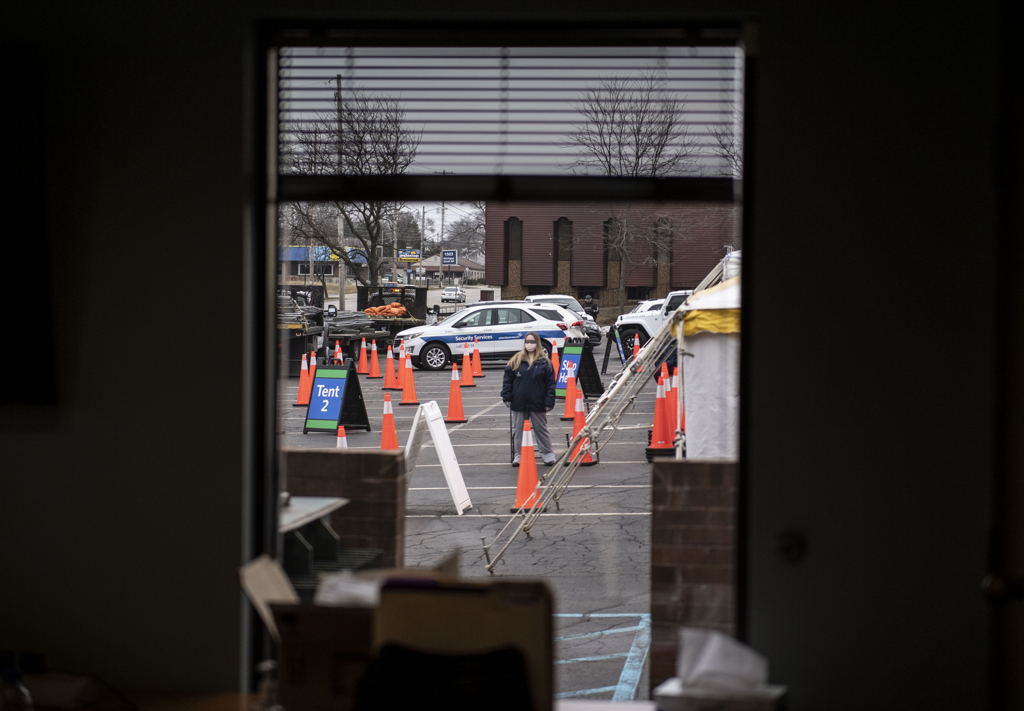
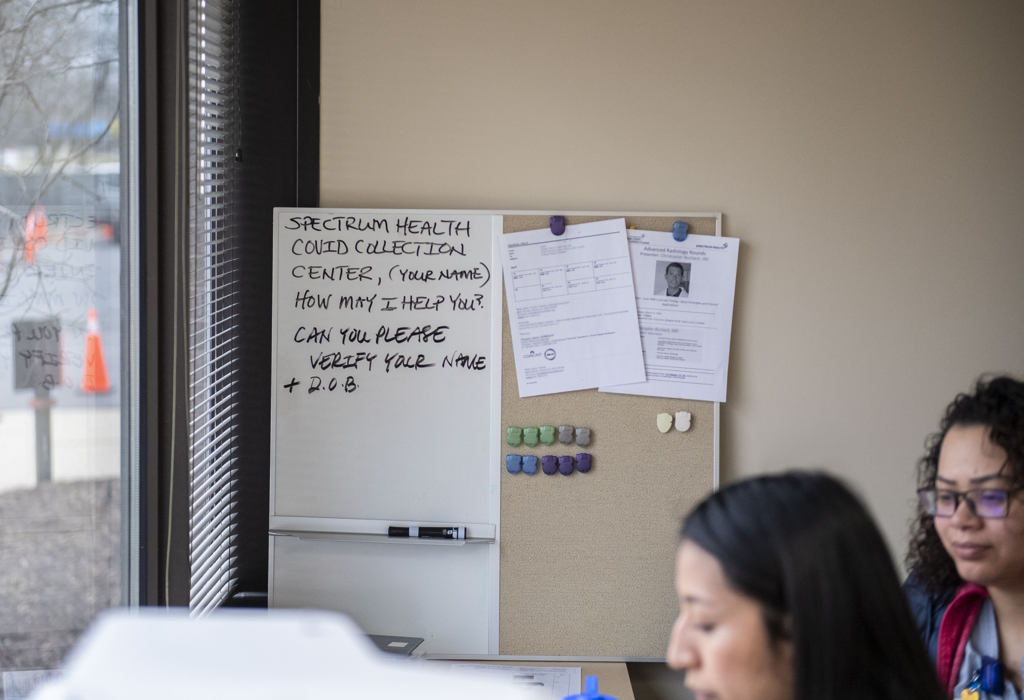


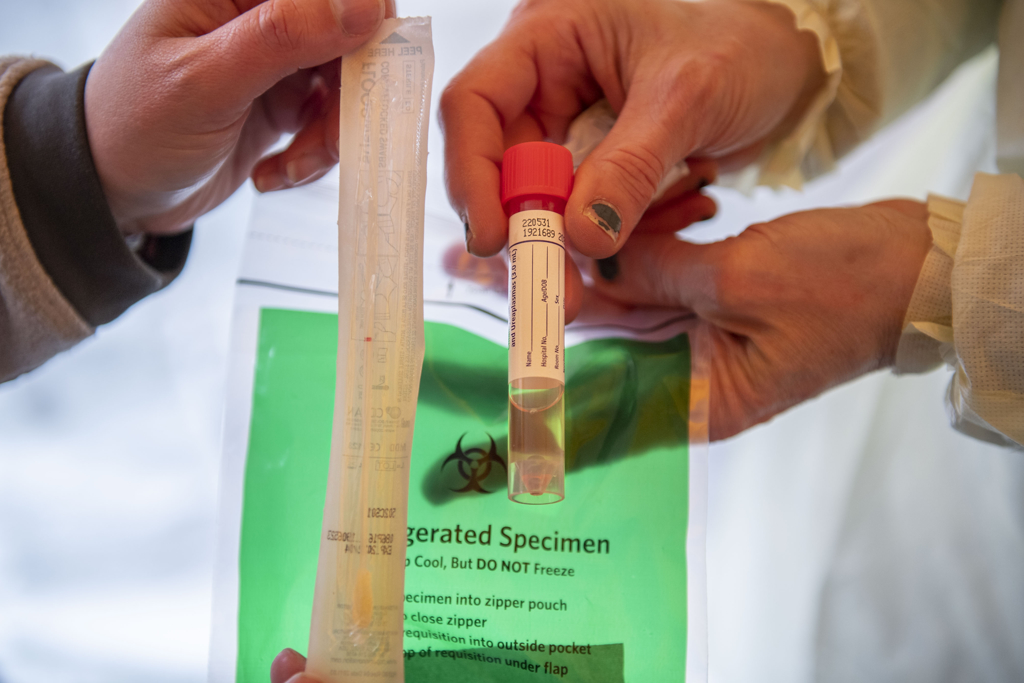
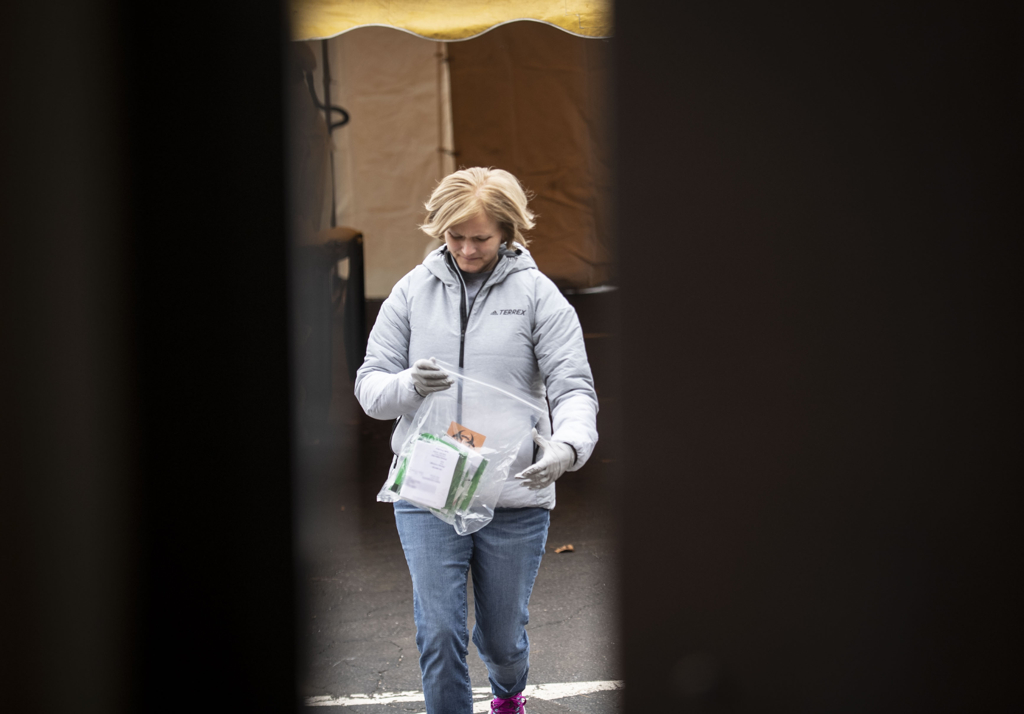
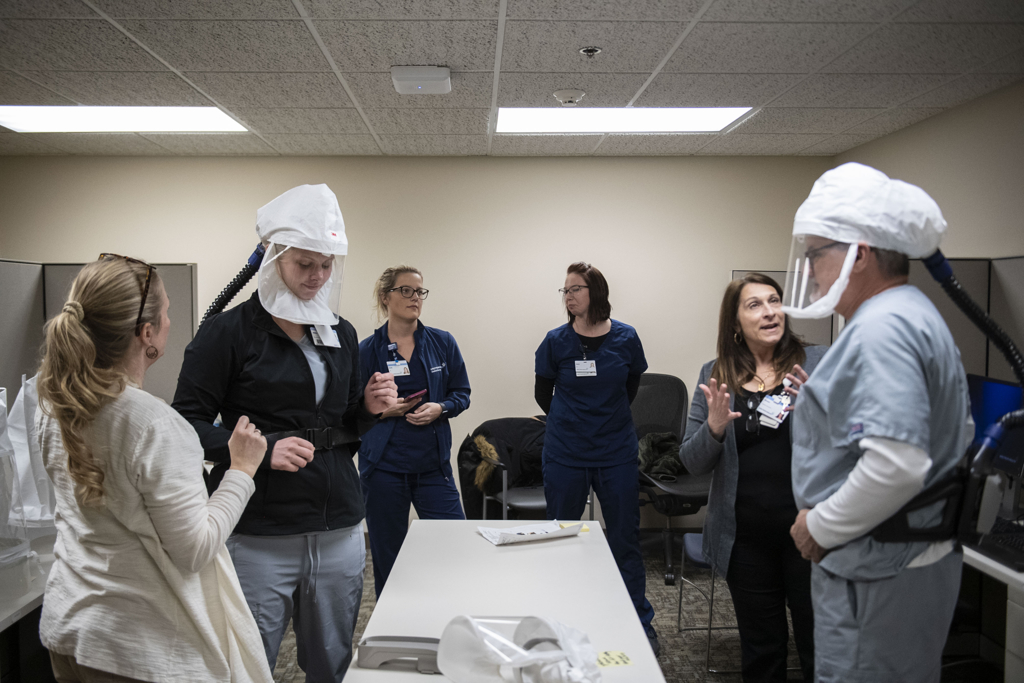

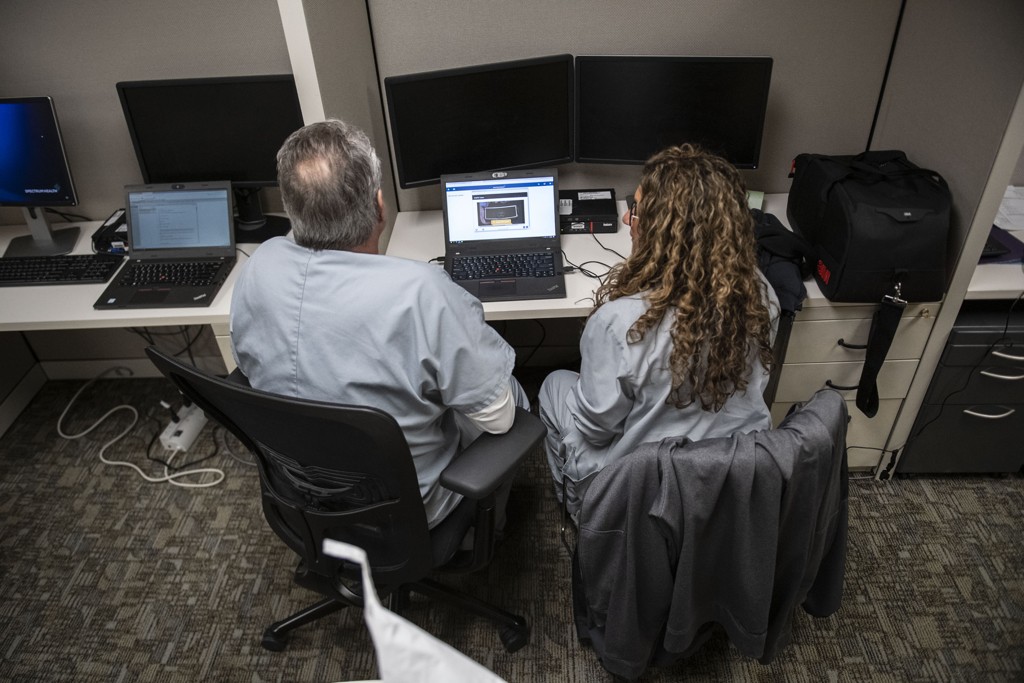
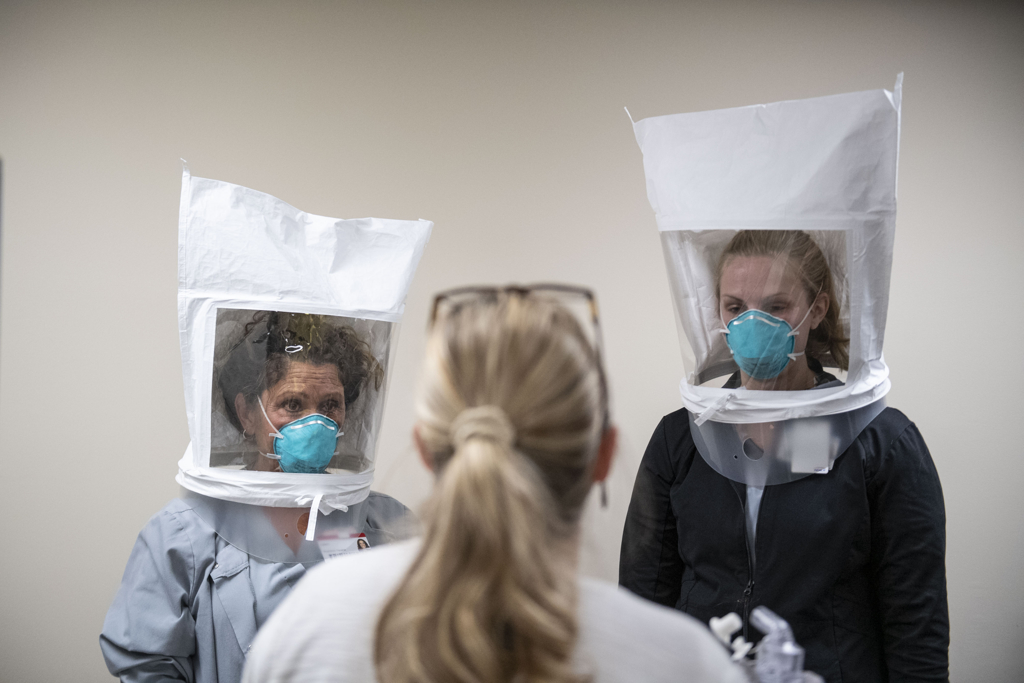
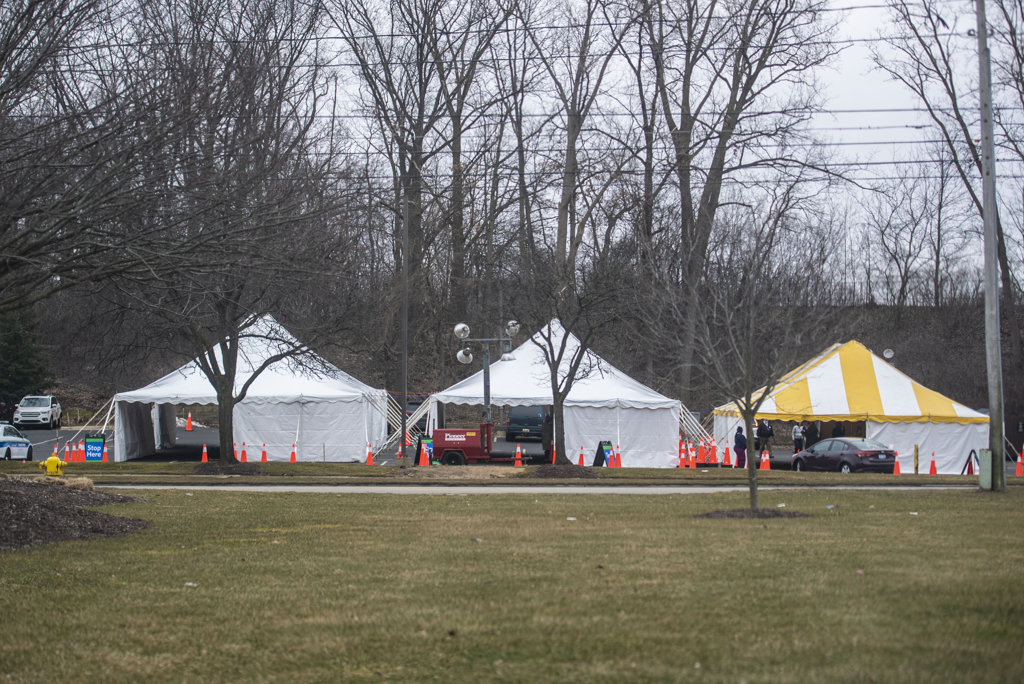
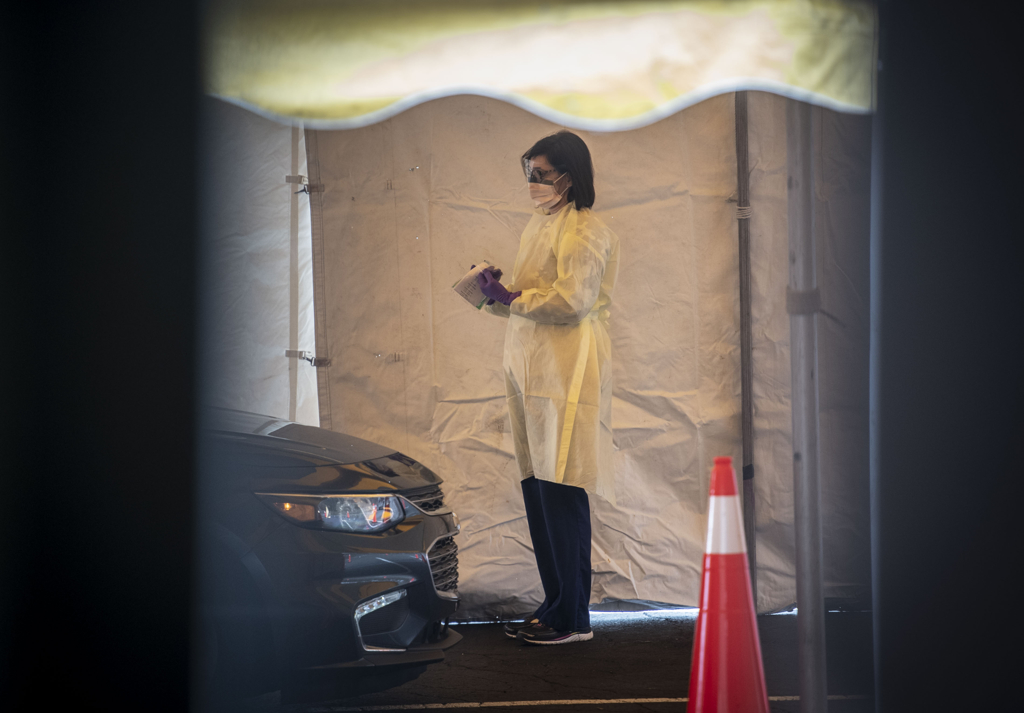
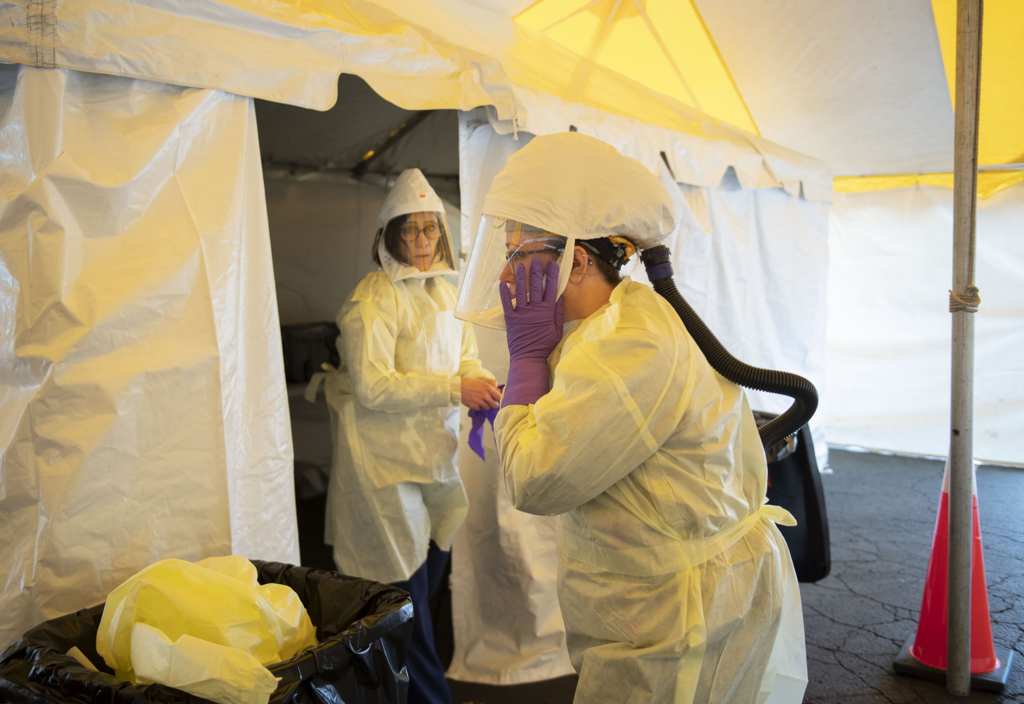

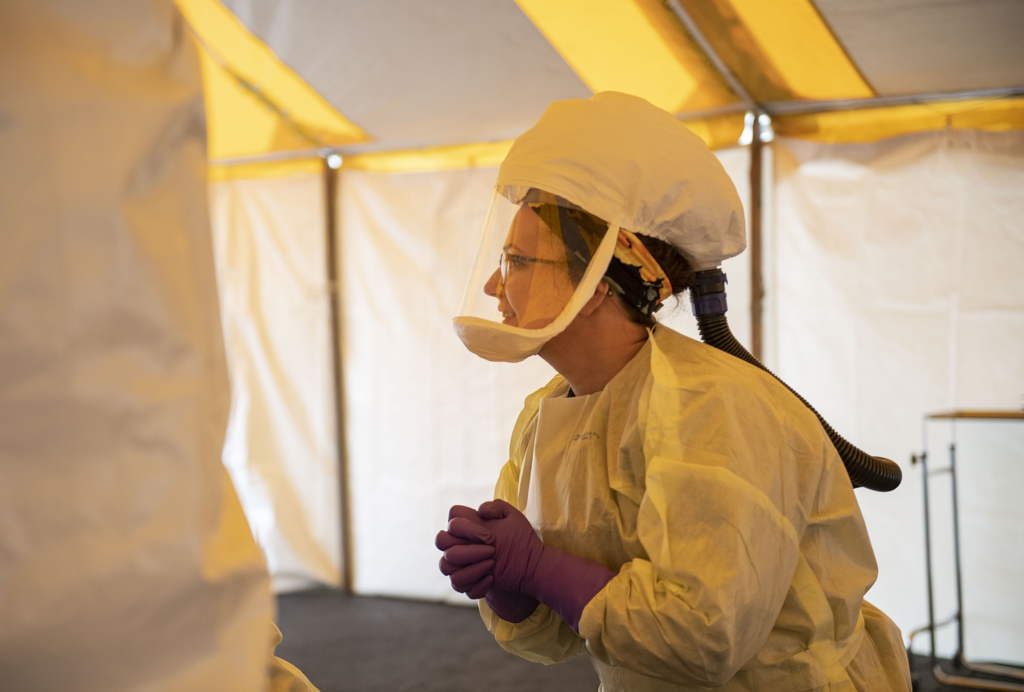
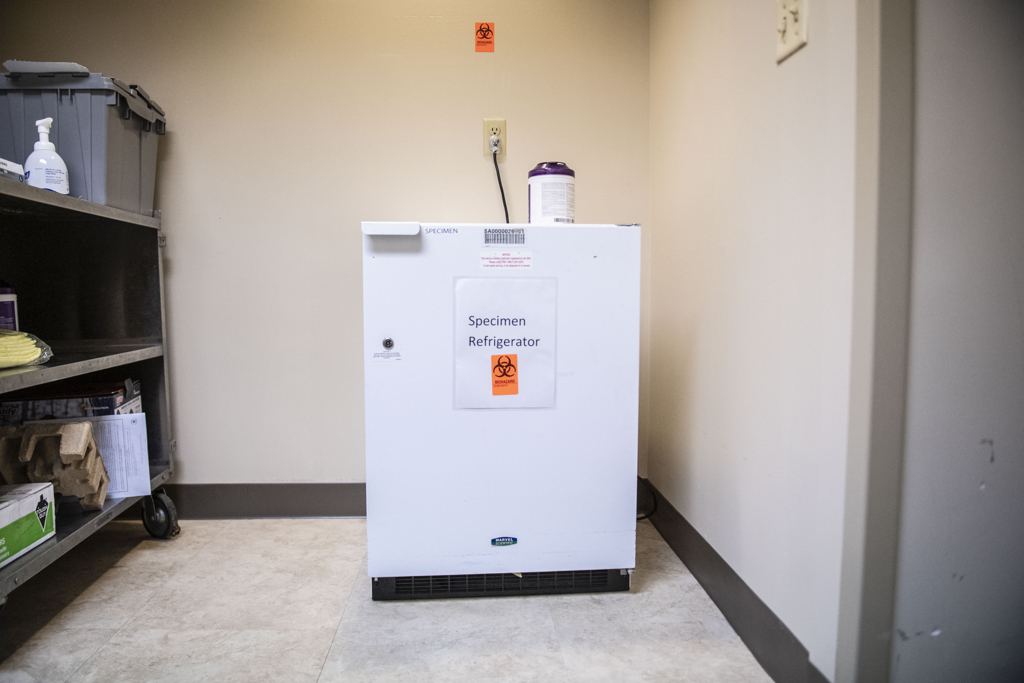

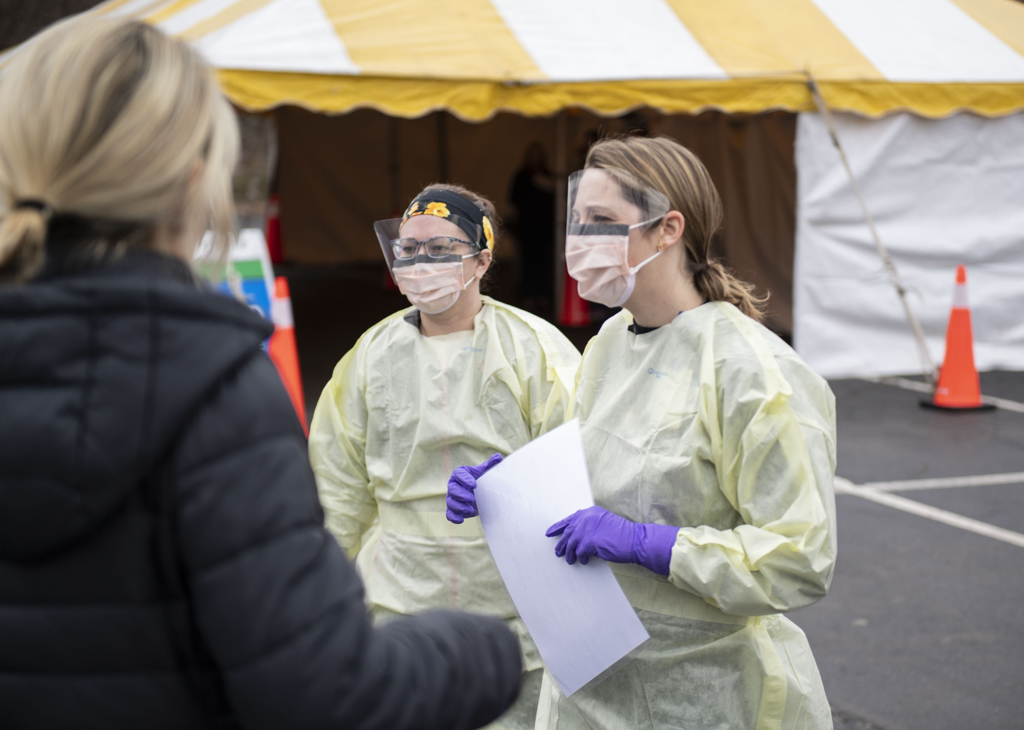

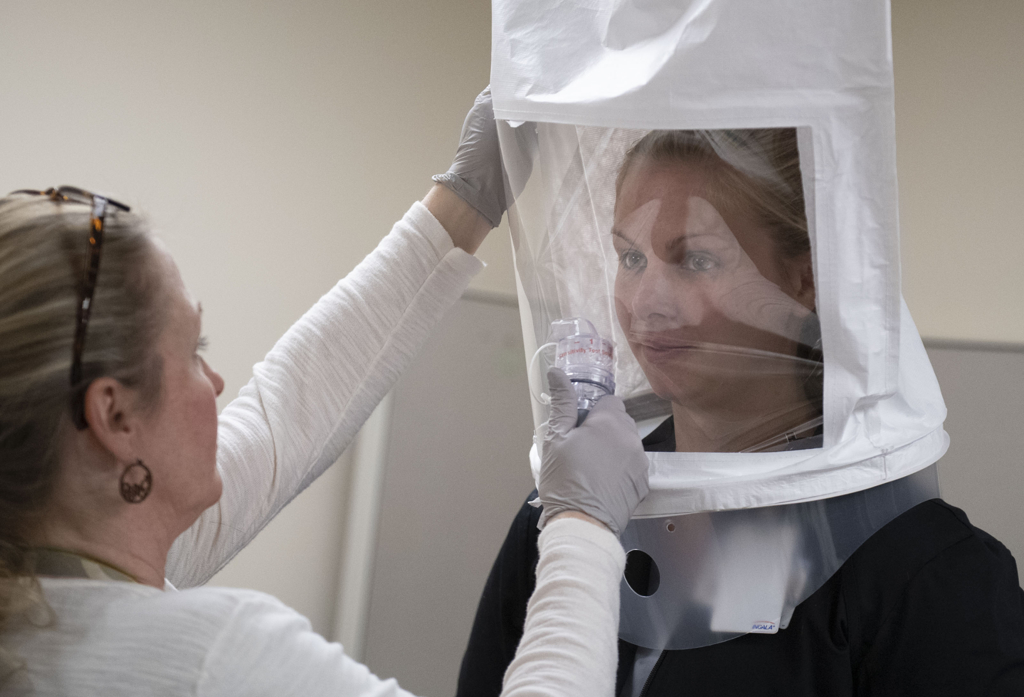
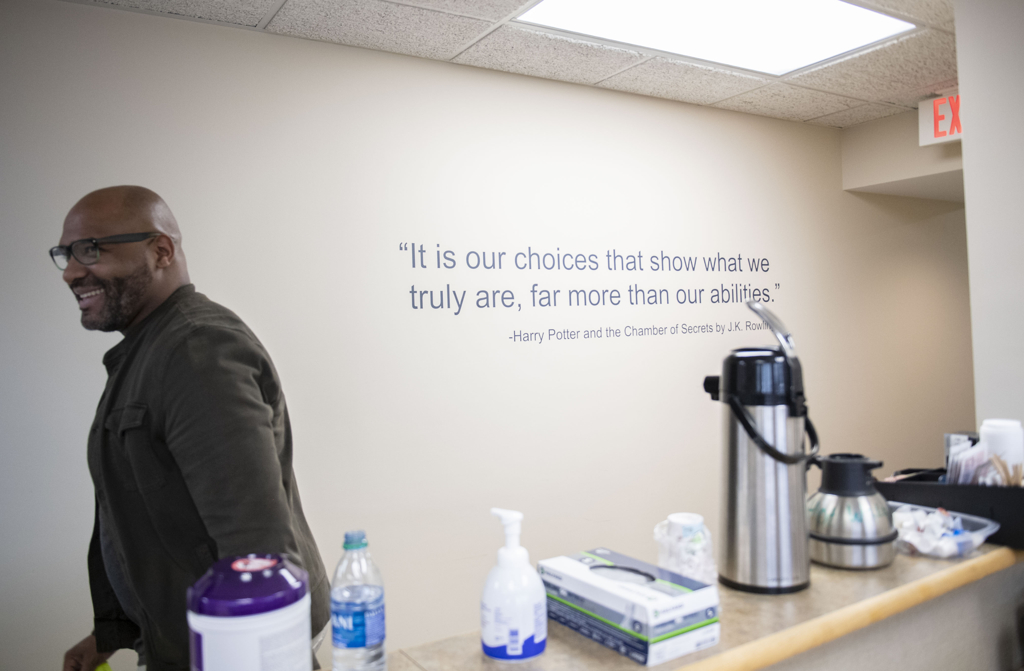
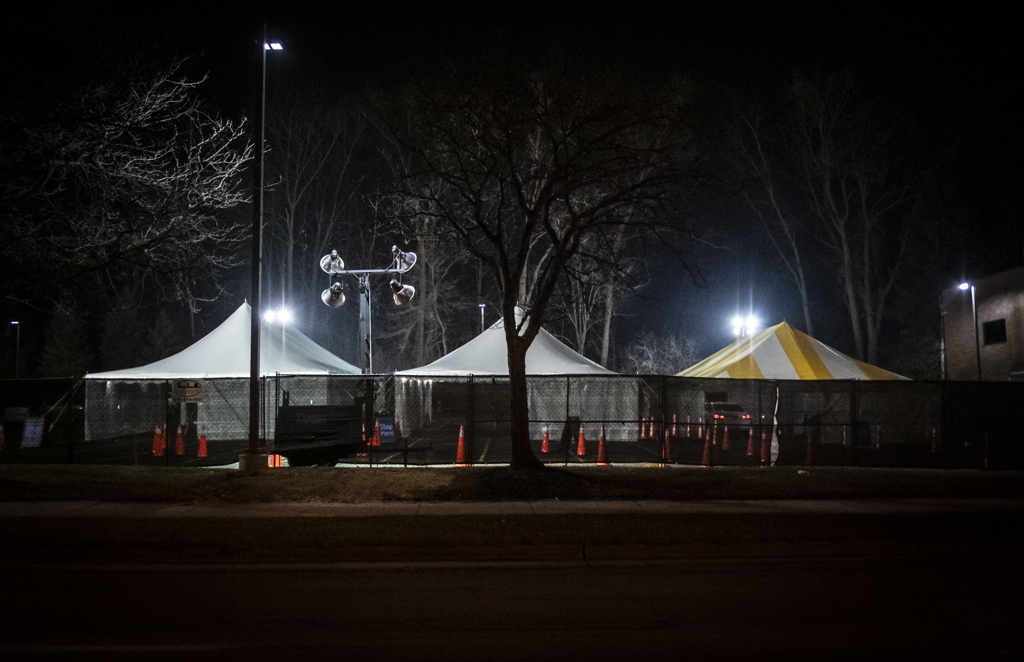


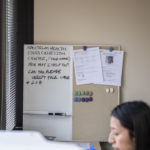
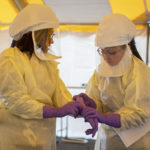

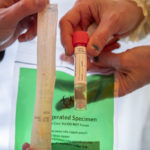
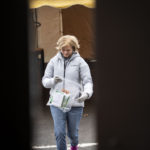

















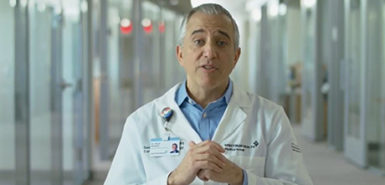 /a>
/a>
 /a>
/a>
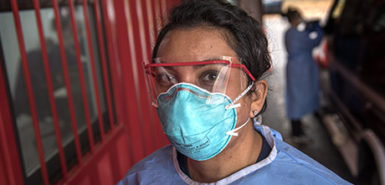 /a>
/a>